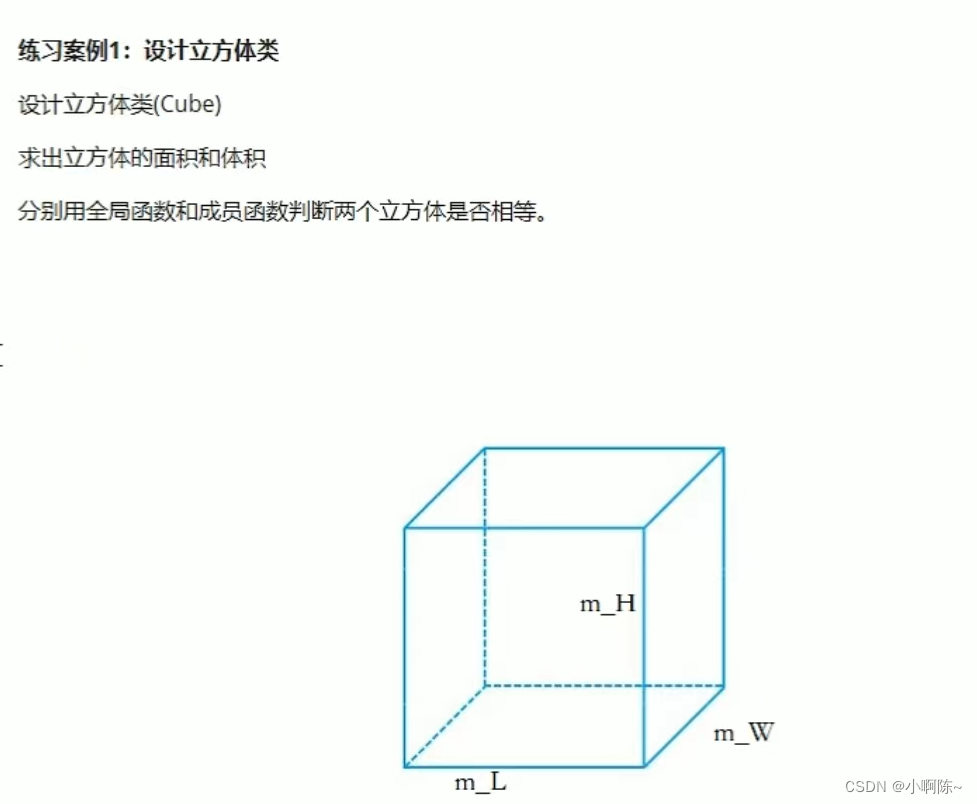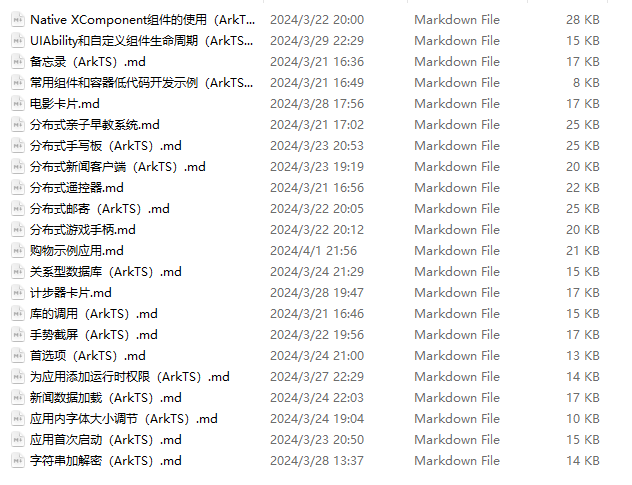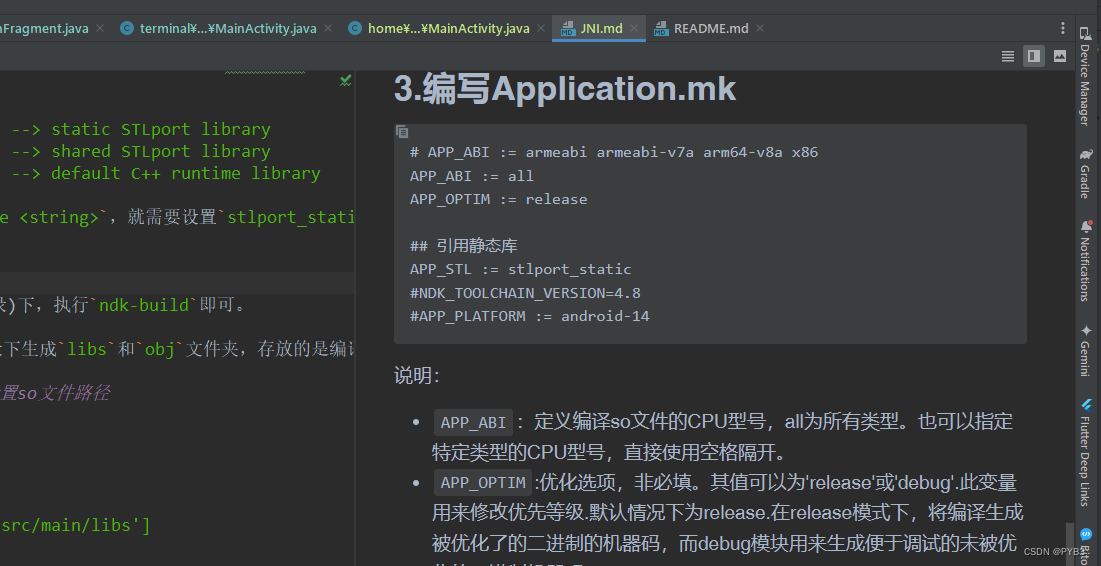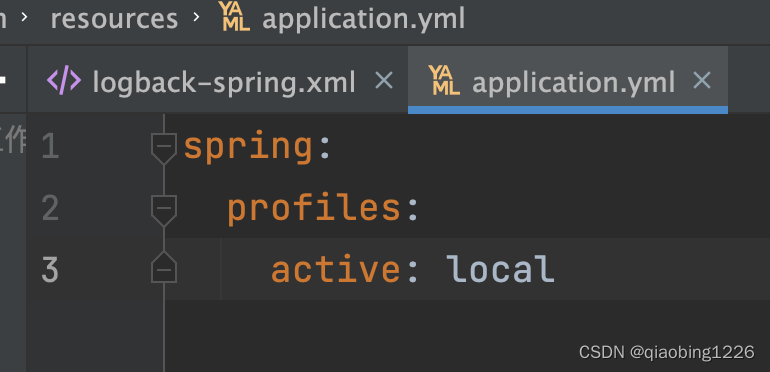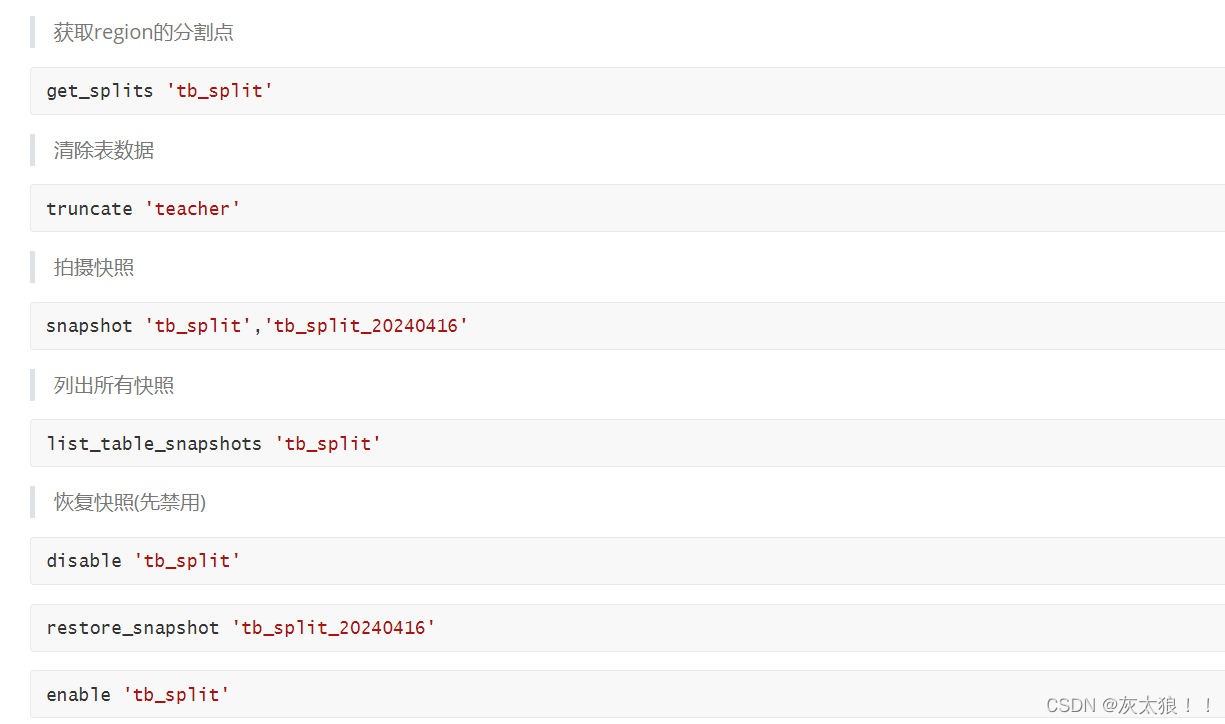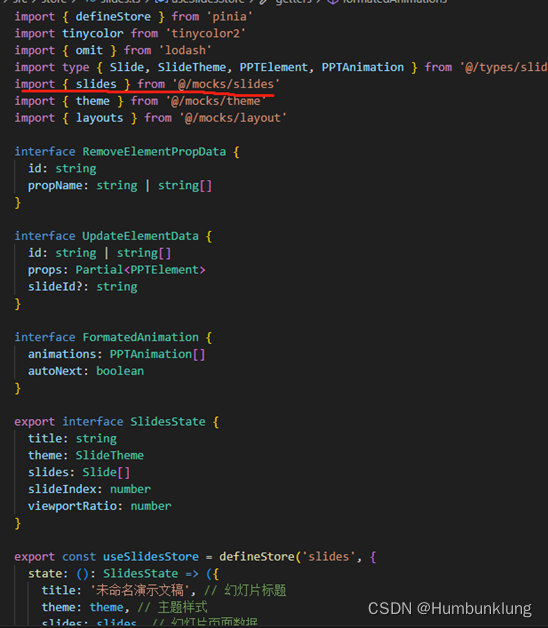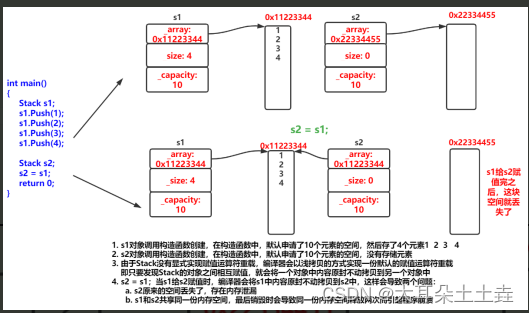一些概念
- 堆:特殊的完全二叉树,具有特定性质的完全二叉树。
- 大根堆:父节点 > 子节点
- 小根堆:父节点 < 子节点
二叉堆也属于完全二叉树,所以可以用数组表示。
- 若下标从1开始,左节点为
2*i,右节点为2*i+1,父节点为i//2。 - 若下标从1开始,左节点为
2*i+1,右节点为2*i+1+2,父节点为(i-1)//2。
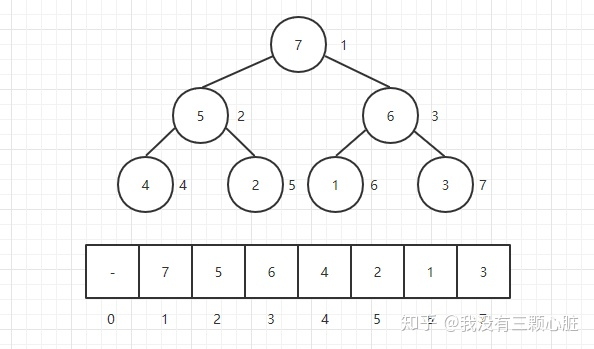
最大堆
两个重要方法,插入元素和移出元素。
- 插入元素:在堆尾插入元素,调用辅助方法,将该元素上浮到正确位置。
- 移出元素:将堆尾元素删去并替换到堆首,将该元素下沉到正确位置。
解释:
- 上浮:如果父节点更大,则替换,循环直至比父节点小。
- 下沉:如果子节点中较大的那个更小,则替换,循环直至子节点都比自身小。
实现
class MaxHeap {
constructor() {
this.heap = []
}
isEmpty() {
return this.heap.length === 0
}
size() {
return this.heap.length
}
#getParentIndex(idx) {
return Math.floor((idx-1)/2)
}
#getLeft(idx) {
return idx * 2 + 1
}
#getRight(idx) {
return idx * 2 + 2
}
// 插入
insert(v) {
this.heap.push(v)
this.#swim(this.size()-1)
}
// 删除最大值
deleteMax() {
const max = this.heap[0]
this.#swap(0, this.size() - 1) // 将根和最后一个元素交换
this.heap.pop() // 防止对象游离
this.#sink(0) // 下沉,恢复有序性
return max
}
// 第i个是否小于第j个
#compare(a, b) {
return a < b
}
// 交换
#swap(i, j) {
[this.heap[i], this.heap[j]] = [this.heap[j], this.heap[i]]
}
// 上浮
#swim(k) {
let parent = this.#getParentIndex(k)
while(k > 0 && this.#compare(this.heap[parent], this.heap[k])) {
this.#swap(parent, k)
k = parent
parent = this.#getParentIndex(k)
}
}
// 下沉
#sink(k) {
while (this.#getLeft(k) < this.size()) {
let j = this.#getLeft(k)
// j 指向子节点的较大值
if (j+1 < this.size() && this.#compare(this.heap[j], this.heap[j+1])) j++
// 如果子节点都小
if (this.#compare(this.heap[j], this.heap[k])) break
this.#swap(k, j)
k = j
}
}
}
测试
const mh = new MaxHeap()
mh.insert(20)
mh.insert(80)
mh.insert(50)
mh.insert(40)
mh.insert(30)
mh.insert(40)
mh.insert(20)
mh.insert(10)
mh.insert(35)
mh.insert(15)
mh.insert(90)
console.log(mh.heap)
// [ <1 empty item>, 90, 80, 50, 35, 40, 40, 20, 10, 20, 15, 30 ]
mh.deleteMax()
mh.deleteMax()
mh.deleteMax()
console.log(mh.heap)
// [ <1 empty item>, 40, 35, 40, 20, 30, 15, 20, 10 ]
最小堆
与最小堆相比,仅是交换条件不同
实现
class MinHeap {
constructor() {
this.heap = []
}
isEmpty() {
return this.heap.length === 0
}
size() {
return this.heap.length
}
#getParentIndex(idx) {
return Math.floor((idx-1)/2)
}
#getLeft(idx) {
return idx * 2 + 1
}
#getRight(idx) {
return idx * 2 + 2
}
// 插入
insert(v) {
this.heap.push(v)
this.#swim(this.size()-1)
}
// 删除最大值
deleteMin() {
const max = this.heap[0]
this.#swap(0, this.size() - 1) // 将根和最后一个元素交换
this.heap.pop() // 防止对象游离
this.#sink(0) // 下沉,恢复有序性
return max
}
// 第i个是否小于第j个
#compare(a, b) {
return a > b
}
// 交换
#swap(i, j) {
[this.heap[i], this.heap[j]] = [this.heap[j], this.heap[i]]
}
// 上浮
#swim(k) {
let parent = this.#getParentIndex(k)
while(k > 0 && this.#compare(this.heap[parent], this.heap[k])) {
this.#swap(parent, k)
k = parent
parent = this.#getParentIndex(k)
}
}
// 下沉
#sink(k) {
while (this.#getLeft(k) < this.size()) {
let j = this.#getLeft(k)
// j 指向子节点的较小值
if (j+1 < this.size() && this.#compare(this.heap[j], this.heap[j+1])) j++
// 如果子节点都大
if (this.#compare(this.heap[j], this.heap[k])) break
this.#swap(k, j)
k = j
}
}
}
测试
const mh = new MinHeap()
mh.insert(20)
mh.insert(80)
mh.insert(50)
mh.insert(40)
mh.insert(30)
mh.insert(40)
mh.insert(20)
mh.insert(10)
mh.insert(35)
mh.insert(15)
mh.insert(90)
console.log(mh.heap)
// [10, 15, 20, 30, 20, 50, 40, 80, 35, 40, 90]
mh.deleteMin()
mh.deleteMin()
mh.deleteMin()
console.log(mh.heap)
// [20, 30, 40, 35, 40, 50, 90, 80]
堆(自定义比较函数)
默认为最大堆,根据元素的大小进行排序,可自定义排序规则,返回值为布尔值。
class Heap {
constructor(compareFn) {
this.heap = []
this.compare = (typeof compareFn === 'function') ? compareFn : this.#defaultCompare
}
isEmpty() {
return this.heap.length === 0
}
size() {
return this.heap.length
}
#getParentIndex(idx) {
return Math.floor((idx-1)/2)
}
#getLeft(idx) {
return idx * 2 + 1
}
#getRight(idx) {
return idx * 2 + 2
}
// 插入
insert(v) {
this.heap.push(v)
this.#swim(this.size()-1)
}
// 删除最大值
delete() {
const max = this.heap[0]
this.#swap(0, this.size() - 1) // 将根和最后一个元素交换
this.heap.pop() // 防止对象游离
this.#sink(0) // 下沉,恢复有序性
return max
}
// 第i个是否小于第j个
#defaultCompare(a, b) {
return a < b
}
// 交换
#swap(i, j) {
[this.heap[i], this.heap[j]] = [this.heap[j], this.heap[i]]
}
// 上浮
#swim(k) {
let parent = this.#getParentIndex(k)
while(k > 0 && this.compare(this.heap[parent], this.heap[k])) {
this.#swap(parent, k)
k = parent
parent = this.#getParentIndex(k)
}
}
// 下沉
#sink(k) {
while (this.#getLeft(k) < this.size()) {
let j = this.#getLeft(k)
// j 指向子节点的较大值
if (j+1 < this.size() && this.compare(this.heap[j], this.heap[j+1])) j++
// 如果子节点都小
if (this.compare(this.heap[j], this.heap[k])) break
this.#swap(k, j)
k = j
}
}
}
测试
const mh = new Heap((a,b)=>a.val<b.val)
mh.insert({val: 20})
mh.insert({val: 45})
mh.insert({val: 56})
mh.insert({val: 12})
mh.insert({val: 93})
mh.insert({val: 34})
mh.insert({val: 12})
mh.insert({val: 84})
console.log(mh.heap)
// [
// { val: 93 },
// { val: 84 },
// { val: 45 },
// { val: 56 },
// { val: 20 },
// { val: 34 },
// { val: 12 },
// { val: 12 }
// ]
mh.delete()
mh.delete()
console.log(mh.heap)
// [
// { val: 56 },
// { val: 20 },
// { val: 45 },
// { val: 12 },
// { val: 12 },
// { val: 34 }
// ]
堆排序
(1)先原地创建一个最大堆,因为叶子节点没有子节点,因此只需要对非叶子节点从右向左进行下沉操作
(2)把堆首(堆的最大值)和堆尾替换位置,堆大小减一,保持非堆是递增的,保持数组最后一个元素是最大的,最后对堆首进行下沉操作(或者说把非堆重新堆化)。
(3)重复第二步直至清空堆。
注意:排序的数组第一个元素下标是 0 ,跟上面处理边界不一样。
实现
function heapSort (arr) {
// arr = arr.slice(0) // 是否原地排序
let N = arr.length - 1
if (!arr instanceof Array) {
return null
}else if (arr instanceof Array && (N === 0 || N === -1) ) {
return arr
}
function exch(i, j) {
[arr[i], arr[j]] = [arr[j], arr[i]]
}
function less(i, j) {
return arr[i] < arr[j]
}
function sink(k) {
while (2 *k + 1 <= N) {
let j = 2 * k + 1
// j 指向子节点的较大值
if (j+1 <= N && less(j, j+1)) {
j++
}
// 如果子节点都小
if (less(j, k)) break
exch(k, j)
k = j
}
}
// 构建堆
for(let i = Math.floor(N/2); i >= 0; i--) {
sink(i)
}
// 堆有序
while (N > 0) {
exch(0, N--)
sink(0)
}
}
另一个实现
function heapSort (arr) {
// arr = arr.slice(0) // 是否原地排序
let N = arr.length
if (!arr instanceof Array) {
return null
}else if (arr instanceof Array && (N === 0 || N === -1) ) {
return arr
}
function getParentIndex(idx) {
return Math.floor((idx-1)/2)
}
function getLeft(idx) {
return idx * 2 + 1
}
function getRight(idx) {
return idx * 2 + 2
}
function swap(i, j) {
[arr[i], arr[j]] = [arr[j], arr[i]]
}
function compare(i, j) {
return i < j
}
function sink(k) {
while (getLeft(k) < N) {
let j = getLeft(k)
// j 指向子节点的较大值
if (j+1 < N && compare(arr[j], arr[j+1])) j++
// 如果子节点都小
if (compare(arr[j], arr[k])) break
swap(k, j)
k = j
}
}
// 构建堆
for(let i = Math.floor(N/2); i >= 0; i--) {
sink(i)
}
// 堆有序
while (N > 1) {
swap(0, --N)
sink(0)
}
}
测试
const arr1 = [15, 20, 30, 35, 20, 50, 40, 80, 10, 40, 90]
heapSort(arr1)
console.log(arr1)
// [10, 15, 20, 20, 30, 35, 40, 40, 50, 80, 90]
const arr2 = [62, 88, 58, 47, 35, 73, 51, 99, 37, 93];
heapSort(arr2)
console.log(arr2)
// [35, 37, 47, 51, 58, 62, 73, 88, 93, 99]
参考
- algs4
- 【JS手写最小堆(小顶堆)、最大堆(大顶堆)】:https://juejin.cn/post/7128369000001568798
- 【数据结构与算法(4)——优先队列和堆】:https://zhuanlan.zhihu.com/p/39615266
- 【最大堆最小堆及堆排序】:https://mingshan.fun/2019/05/14/heap/
- 【搞定JavaScript算法系列–堆排序】:https://juejin.cn/post/6844903830258188296
